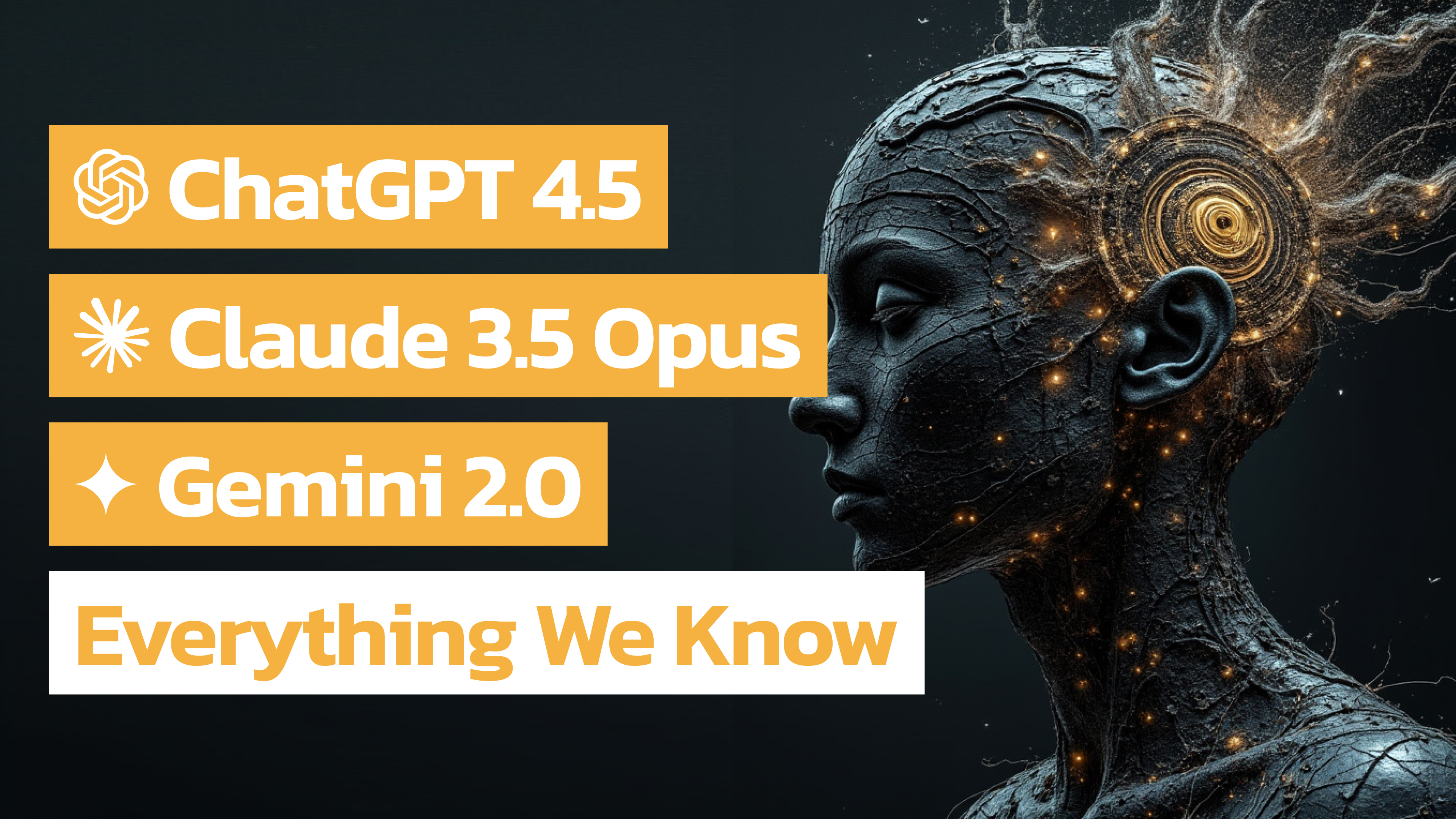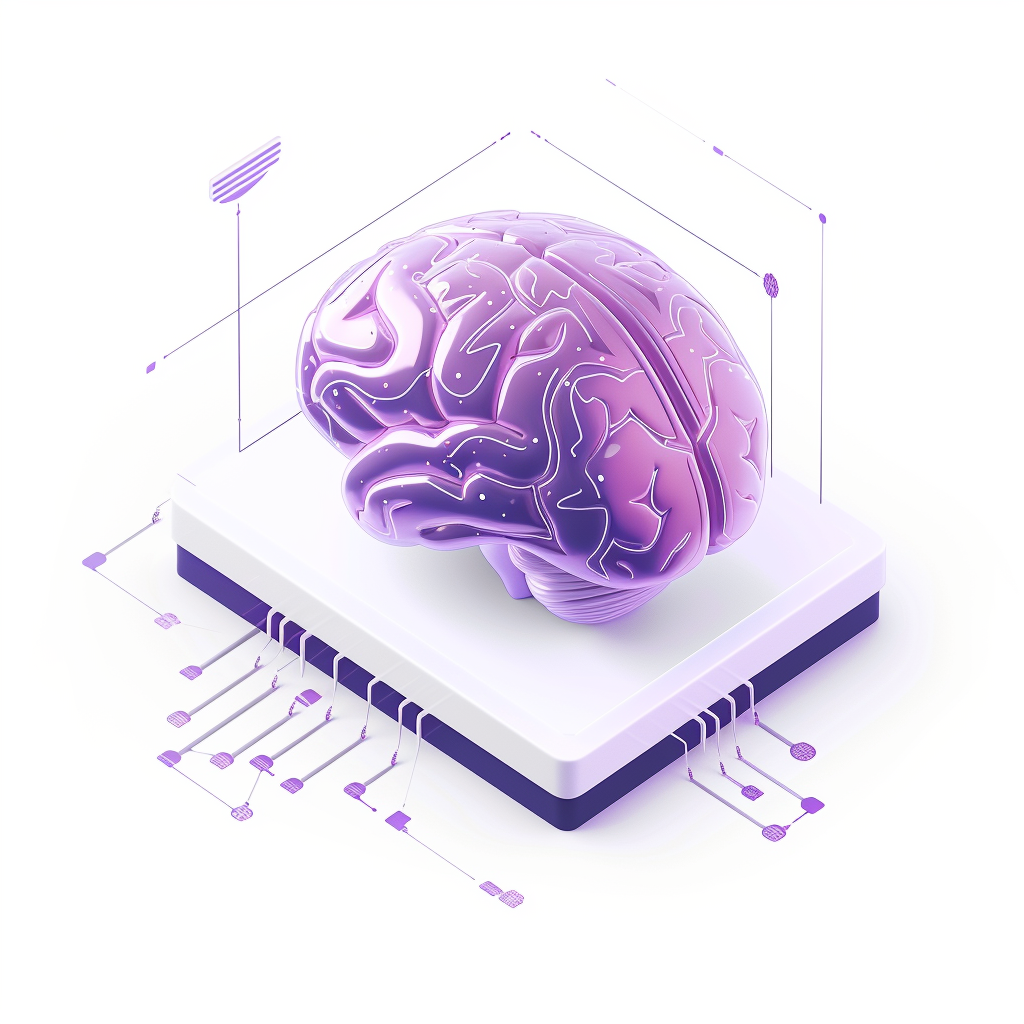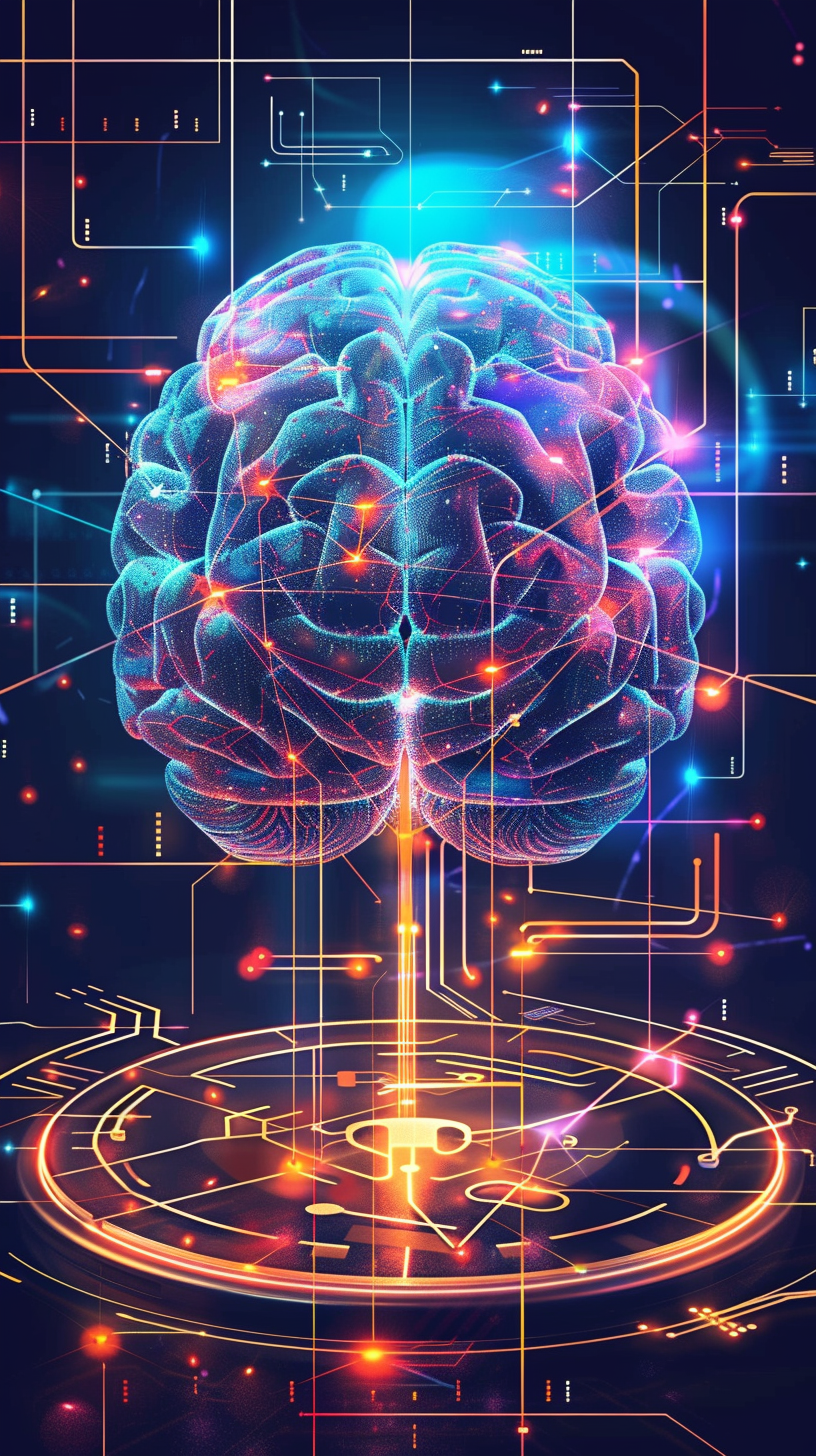AI technology is evolving faster than ever, and large language models (LLMs) like ChatGPT, Claude, y Gemini are at the center of this revolution. These AI models have already transformed the way we interact with technology—helping us write, code, create art, and solve complex problems. But the future holds even more promising developments.
As we look ahead, we’re seeing fierce competition among the biggest AI players—OpenAI, Anthropic, y Google. Each of these companies is racing to release the next major upgrade to their flagship models. ChatGPT, Claude, and Gemini are all gearing up for new versions that could push the boundaries of what’s possible with AI.
The upcoming versions, such as ChatGPT 4.5, Claude 3.5 Opus, and Gemini 2.0, are expected to deliver more accuracy, enhanced capabilities, and even autonomous functionality. Let’s explore what these advancements mean, when they might be arriving, and how they could change the way we live and work.
ChatGPT 4.5: A Big Upgrade Coming Soon?
In recent days, persistent rumors have been circulating on the web about the imminent arrival of ChatGPT 4.5, the new version of the conversational agent developed by OpenAI. So, what do we really know about this eagerly awaited update?
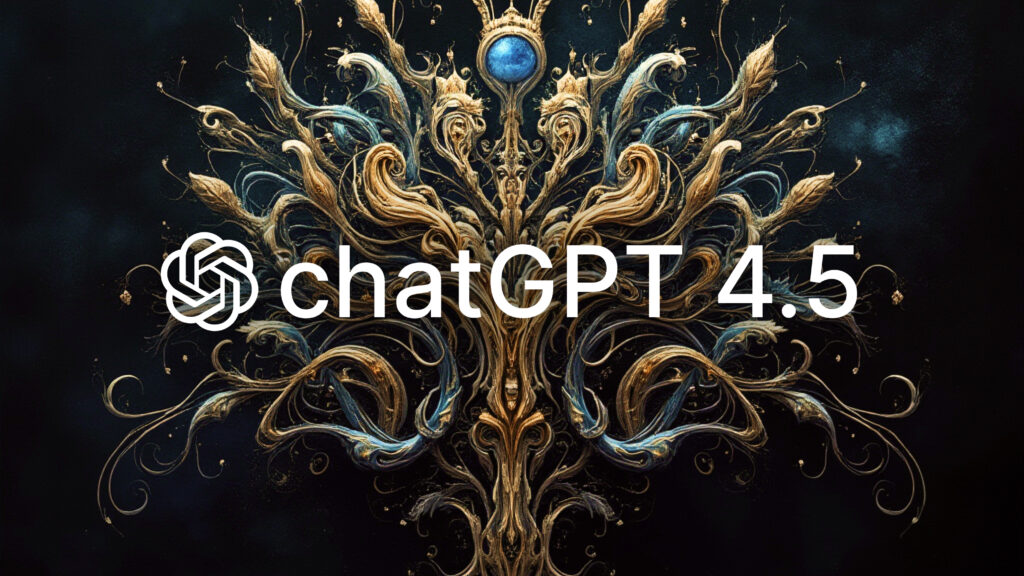
Let’s review the information that has leaked so far.
- Better Accuracy: GPT-4.5 is expected to address one of the biggest challenges in AI: hallucinations—when an AI confidently gives incorrect information. This update could bring more reliable answers and greater accuracy, especially for tricky topics. Leaked details suggest that OpenAI is putting significant effort into reducing these errors to enhance user trust.
- Multimodal Superpowers: GPT-4 already processes text and images, but future versions might take it even further. Imagine an AI that can smoothly handle text, images, audio, and maybe even video inputs. Intriguing screenshots shared on social media hint at these expanded capabilities, suggesting a much more versatile AI that could handle a wide range of input formats.
- Enhanced DALL-E Integration: DALL-E 3, which generates images based on descriptions, is now integrated into ChatGPT Plus. Upcoming models might expand on this with voice commands and richer contextual understanding. Some speculation points towards deeper multimodal interactions that could transform how users create content using AI.
Ok back to October now.
— Jimmy Apples 🍎/acc (@apples_jimmy) September 10, 2024
We should have a 4.x model ( maybe still called 4.5, my old friend ) in October.
The big boy gpt 5, I’ve heard as early as December but for your sanity I would have Q1/Q2 2025 just in case.
View Strawberry in context of better models to come. https://t.co/ftr4lIGDe3
Release Schedule for ChatGPT 4.5
OpenAI remains tight-lipped about the official release, but rumors point towards a launch as soon as October 2024. The competition is heating up, and OpenAI seems poised to reinforce its position at the forefront of generative AI.
FAQs About ChatGPT 4.5
- Q: When will ChatGPT 4.5 be available?
A: No official release date has been announced, but rumors suggest it could be launched in October 2024. - Q: What are the main improvements in ChatGPT 4.5?
A: Expected improvements include better accuracy, expanded multimodal capabilities, and enhanced DALL-E integration. - Q: Will ChatGPT 4.5 be available for free?
A: It’s likely that OpenAI will offer paid access to ChatGPT 4.5, similar to the current ChatGPT Plus model.
Claude 3.5 Opus: Anthropic’s Next Leap
Anthropic, the company behind Claude, is also preparing to launch a new model—Claude 3.5 Opus. Following the success of Claude 3.5 Sonnet, this version aims to set a new standard in AI intelligence and versatility.
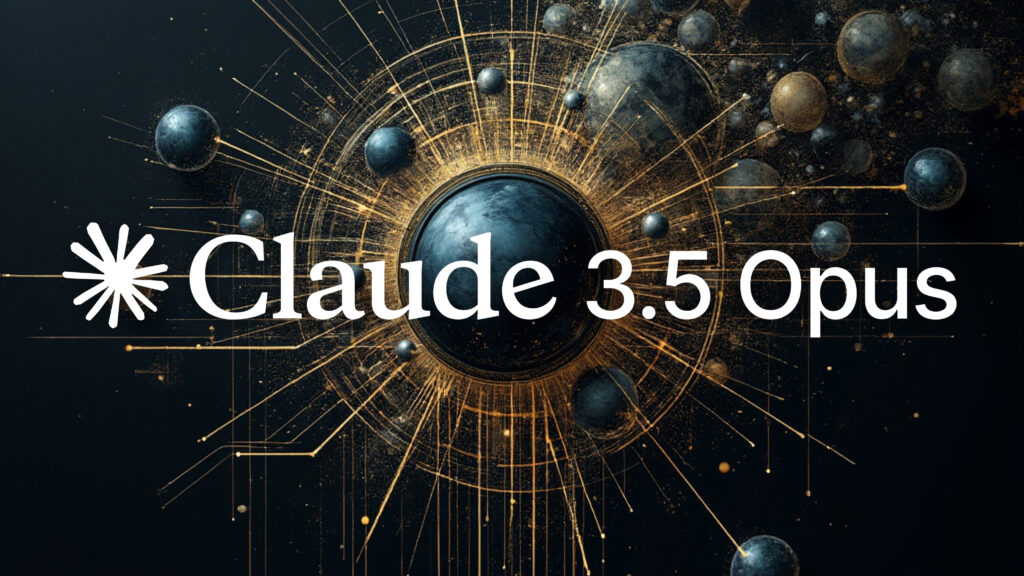
Here’s what we know so far:
- More Intelligent AI: Claude 3.5 Opus will likely expand on its predecessor’s strengths in coding and complex reasoning. It’s expected to excel in fields like data analysis and long-form content generation. Insiders have hinted that Claude Opus could outperform its predecessors significantly, making it a key tool for developers and enterprises.
- Bigger Context Window: One of Claude’s standout features is its large context window—how much information it can keep in memory during conversations. The new model could increase this even further, making it ideal for tasks that require understanding a lot of context. Speculation suggests that the context window could expand up to 500,000 tokens, providing more continuity in interactions.
- Autonomous Capabilities: Rumors suggest that Claude might soon handle tasks more independently, taking on complex, multi-step assignments without constant user guidance. This could make Claude 3.5 Opus a step towards agentic AI, where the model acts more like an assistant capable of managing entire projects.
Release Schedule for Claude 3.5 Opus
Anthropic has not yet confirmed an official release date, but some experts suggest it could arrive by late 2024. The release is highly anticipated, especially among developers who need advanced AI tools.
FAQs About Claude 3.5 Opus
- Q: When will Claude 3.5 Opus be released?
A: No official date has been provided, but it’s rumored to launch by the end of 2024. - Q: What are the main features of Claude 3.5 Opus?
A: Improved coding and reasoning capabilities, an expanded context window, and more autonomous functionality. - Q: Will Claude 3.5 Opus be available to the public?
A: It’s expected to be accessible to enterprise clients and developers, with potential for wider availability.
Gemini 2.0: Google’s Multimodal Vision
Google’s Gemini models have made a significant impact in the AI race, and the upcoming Gemini 2.0 is generating excitement. Recent leaks suggest that Gemini 2.0 will feature enhanced creative tools, improved multimodal processing, and deeper integration with Google’s platforms like YouTube and Photos, potentially making it a top contender in the AI space.
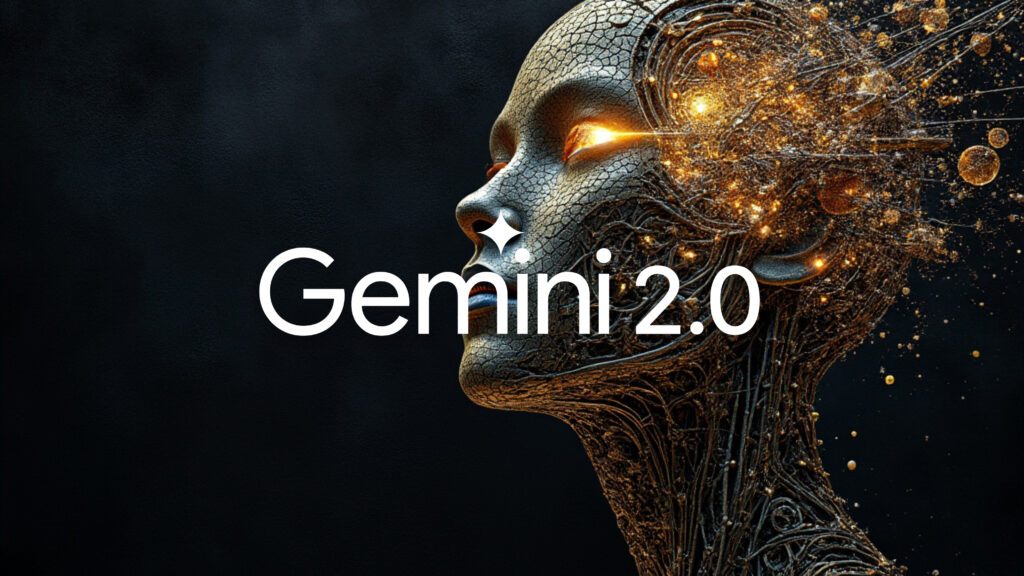
Let’s take a look at what we know.
- Bigger and Better: The upcoming Gemini 2.0 could feature larger architectures, boosting its ability to generate creative content like images, videos, and even 3D renders. This makes it especially promising for designers, content creators, and social media managers. Reports from industry insiders suggest that Gemini’s next iteration will have capabilities that rival the best in the field.
- Imogen 3 Improvements: Google’s Imogen 3 is already known for its impressive image-generation capabilities. Gemini 2.0 might build on this, making it a powerful tool for visual content creation. Google’s access to vast datasets gives it a unique advantage, potentially making Imogen 3 a leader in both 2D and 3D image rendering.
- AI Video Creation: With video becoming more crucial online, Gemini 2.0 could take AI video generation to new heights—think social media clips or even more advanced video production. Rumors suggest that Gemini’s integration with Google’s video platforms like YouTube could create new opportunities for seamless video content generation.
Image generation with Imagen 3 is now available to all Gemini users around the world.
— Google Gemini App (@GeminiApp) October 9, 2024
Imagen 3 is our highest quality image generation model yet and brings an even higher degree of photorealism, better instruction following, and fewer distracting artifacts than ever before. pic.twitter.com/E8CrcyFcz5
Release Schedule for Gemini 2.0
Google has not officially confirmed a release date, but Gemini 2.0 is expected to be unveiled in early 2025. The AI community is eagerly awaiting this release, given Google’s vast resources and expertise.
FAQs About Gemini 2.0
- Q: When will Gemini 2.0 be available?
A: Gemini 2.0 is expected to be released in early 2025. Even though Google has not confirmed an official date, they’re already teasing their new model. - Q: What improvements will Gemini 2.0 have over its predecessors?
A: Expected improvements include enhanced creative capabilities, better integration for video content, and larger model architecture. - Q: How will Gemini 2.0 be different from other AI models?
A: Its strong focus on multimodal capabilities, including text, image, and video generation, sets it apart from other AI models.
The amazing @OfficialLoganK at the Google DeepMind event in SF and teasing us with next gen Gemini … pic.twitter.com/6Alt7xJJSn
— Vicente Silveira (@vicentes) October 10, 2024
AI Trends: Are We Moving Towards AGI?
As OpenAI, Anthropic, and Google compete, talk of reaching Artificial General Intelligence (AGI)—an AI that can perform any task a human can—is growing. Here’s what the experts are saying:
- AGI Lite by 2026? Anthropic CEO Dario Amodei believes that we could see AI with AGI-like properties within the next two years. These models could excel in fields like biology, engineering, and more. While we’re still far from true AGI, advancements in AI suggest we might soon witness what some are calling “AGI Lite”—a powerful AI capable of handling a wide variety of advanced tasks.
- More Autonomy: Future models might work more like agents, taking on tasks and executing them autonomously over long periods—something current models can’t yet do. Anthropic and OpenAI have hinted at working towards agentic AI, potentially changing how we delegate and manage work.
- Massive Context Windows: By 2026, AI models may be able to process millions of tokens at once, making them powerful tools for solving long and complex problems. Leaks suggest that OpenAI and Anthropic are both working on expanding context windows dramatically, which could revolutionize how AI systems handle multi-day or multi-week projects.
The Race Is On…
The next few years will be pivotal for AI, with models like ChatGPT 4.5, Claude 3.5 Opus, and Gemini 2.0 poised to bring exciting innovations. These advancements are expected to deliver more accurate responses, enhanced multimodal capabilities, and increased autonomy, potentially revolutionizing how we live and work.
While OpenAI, Anthropic, and Google have been leading the charge, other major tech companies are also making significant strides in AI development:
- Apple: Known for its emphasis on privacy and seamless integration, Apple is rumored to be working on its own advanced AI assistant. Speculation suggests that Apple could soon integrate a more sophisticated LLM into its ecosystem, enhancing Siri’s capabilities and providing a competitive edge in the AI race.
- Meta (Facebook) and Llama: Meta has been making waves with its Llama models, aiming to bring AI to a broader audience. Llama 3 is expected to build on the success of its predecessors, potentially offering enhanced natural language understanding and integration across Meta’s suite of apps, including Facebook, Instagram, and WhatsApp.
- Amazon: Amazon has been focusing on improving its AI for consumer products and services. Alexa could see significant upgrades, with Amazon investing heavily in AI to enhance smart home experiences and support businesses through AWS AI services.
- Nvidia: Nvidia recently released an enhanced ima model called “Nemotron,” which is reportedly more powerful than OpenAI’s GPT-4o and Claude 3.5 Sonnet. Nvidia’s focus on powerful AI hardware and software integration positions it as a major player in developing cutting-edge AI solutions for enterprises.
- Mistral: A relatively new entrant, Mistral is gaining attention for its ambition to create highly efficient and open-source LLMs. Their approach focuses on making AI accessible while maintaining high performance, which could be a game-changer in the competitive AI landscape.
These companies, alongside OpenAI, Anthropic, and Google, are pushing the boundaries of what AI can do, each contributing unique strengths to the rapidly evolving AI ecosystem.
As competition intensifies, companies like Apple, Meta, Amazon, Nvidia, and Mistral are also making significant moves in AI. Apple is rumored to be developing advanced AI for its ecosystem, while Meta builds on its Llama models. Nvidia’s Nemotron model and Amazon’s investments in Alexa and AWS add to the competition, with Mistral focusing on efficient open-source LLMs.
The focus will be on creating powerful, practical models with seamless integration into products. Ethical considerations like data privacy, bias, and transparency will be crucial for public trust and responsible development.
The AI race is heating up, and its impact will soon be felt across all aspects of our lives.

